Snapshots : An interview with Romy Alizée
In this intimate interview, Emmanuel Bacquet explores with Romy Alizée behind the scenes of her creative process, from the reappropriation of eroticism to the exploration of the self-portrait. Alizée shares her perspectives on art, representation and the power of images in the context of her own artistic journey.
***
Emmanuel Bacquet: Romy Alizée, you began as a model, then switched to wielding the camera to create your own images. What was behind this change?
Romy Alizée: The exercise of posing was educational and I learned by watching. When I began, I was responding to a need to be gazed upon, to be a kind of muse. Let's say that in my circle and at that particular time, I had no access to the names of women photographers, nor even women artists. As we know, history has erased them... So I couldn't really dream of anything better. Also, in order for me to want to take photographs, I needed to gain self-confidence and for my friends to push me. It was discovering I had an eye for this and realising its value that made me go on. I had things to say, a whole sensibility to unpack, and I was getting bored of myself as a model.
EB: In the film "Instantanés" (Snapshots), which is dedicated to you, we see you working at home, or in an inhabited apartment, in a fairly intimate setting: just a few flash lamps, and by pushing back the furniture. Is such intimacy vital to your pictures?
RA: I mostly managed with what I had at my disposal: a 24-square-metre apartment, no material, a certain timidity that made me shy away from the idea of shooting in a studio with people all around. I like to be alone with the people who pose and for the set-up to be simple. I need to be in a place of trust, to be free and open to others. It's the same today. It's only for press orders that I actually work while others look on: not an easy exercise but one in which I'm learning a lot!
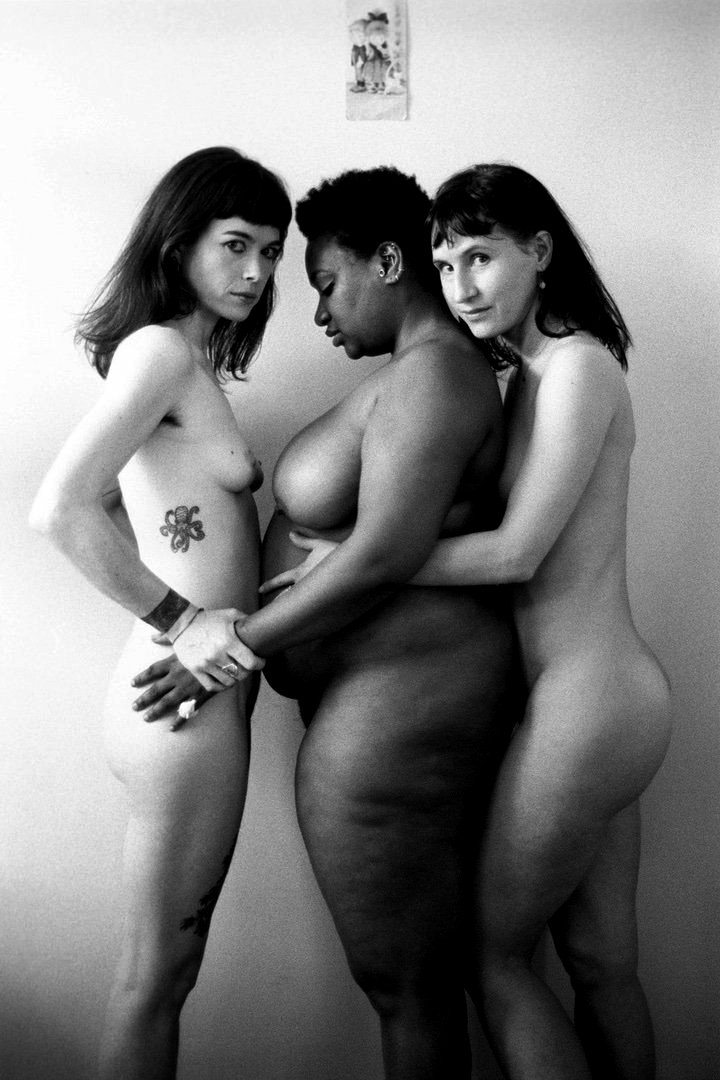
EB: From its beginnings, photography has given rise to an artistic creation where eroticism sits at the centre. It is a chapter of history, long dominated by men, that has created its own codes. Do you feel a closeness with certain photographers?
RA: Yes and no. In everything I've seen through taking an interest in erotic photography, it's mainly the gay and lesbian imagery that I retained. I needed to escape the world of erotica seen by straight men and find other ways of showing desire, incidentally realizing that I was lesbian. It goes to show how powerful images can be!
The pornographic archive footage continues to intrigue me. I find a certain form of play, fairly off-beat; the sexuality doesn't appear serious and simpering. I may be generalising but this is what has often struck me. The girls who pose seem to be laughing and that's something I find really lovely. Humour is also an important component of my images. I'd rather provoke laughter than pure excitement.
EB: In your creation of images, in fact, there's a process of reappropriation of eroticism, taking back female power. Do you also see a form of activism there?
RA: It's hard for me to imagine an art which has nothing to say, no position to defend. You could say that about my work; in the sense that it conveys a certain image of myself in my self-portraits (totally performed) - direct, determined, detached – but also in my portraits of people encountered in the queer or sex-worker communities, because these are faces and bodies that have long been invisible. That said, in my particular niche, I do consider myself an artist not an activist.
EB: What are you currently working on, and what new creations do you have in your sights?
RA: I totally sidelined my “Histoires de Putes” (Whore Stories) project, which I mention in the film.
In 2019, my friend Laure Giappiconi and I set out to produce a trilogy of photographic films entitled Romy & Laure... et le secret de l’homme meuble (and the Secret of the Moveable Man), then, Romy & Laure... and the Mystery of the Enchanted Butt Plug. The third will be shot in early 2022. This collaboration marked the reunion with a desire to make films, until then buried under layers of class complexes.
At the same time, I'm pursuing my research into self-portraiture at a slow but steady pace, I'm collaborating regularly with the press, I co-wrote a show with Marianne Chargois (GAZE.S), I acted in a film and I'm getting a musical project together. And if all goes well, in 2022 I'll produce a photo album with United Dead Artist.
Interview conducted in December 2021
The photos are taken from the film Snapshots | Romy Alizée
directed in 2019 by Thomas Goupille
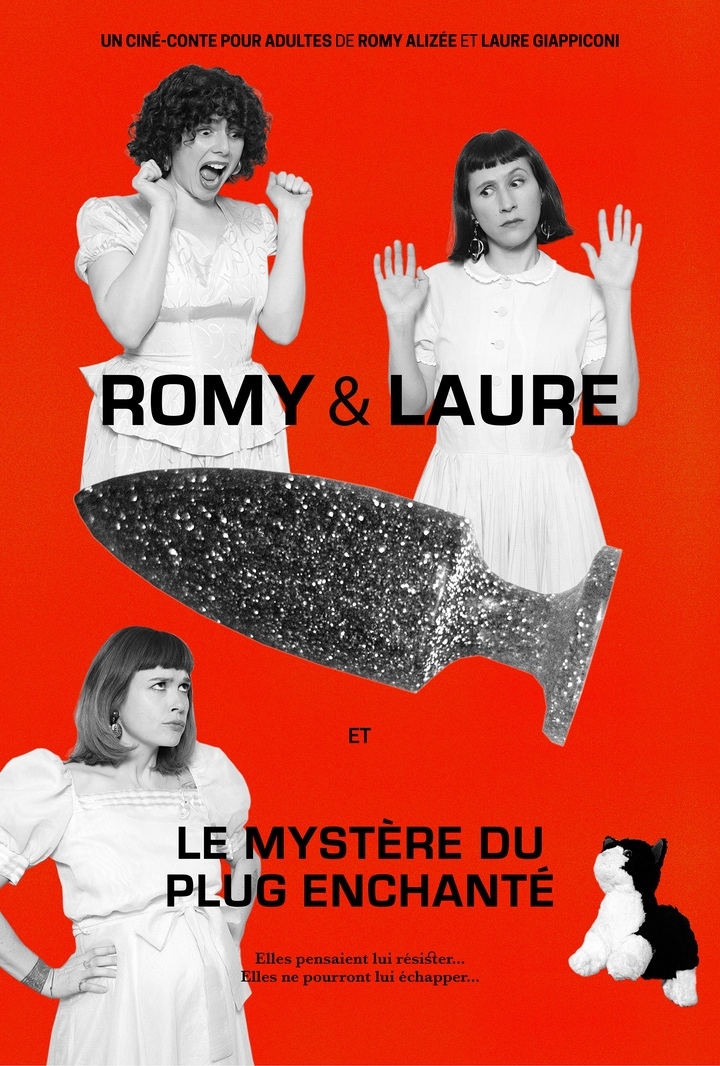

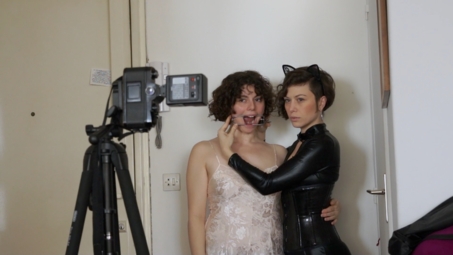

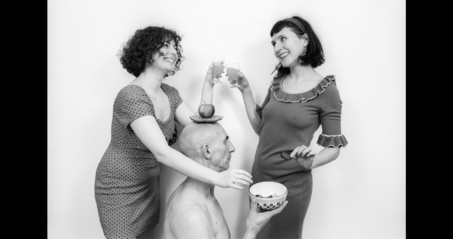
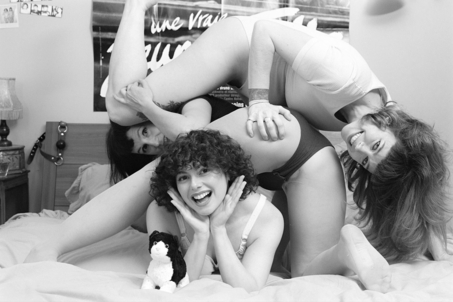
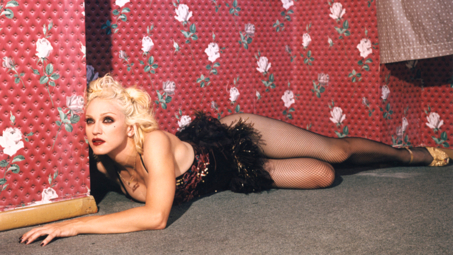
 by
Bettina Rheims
by
Bettina Rheims
